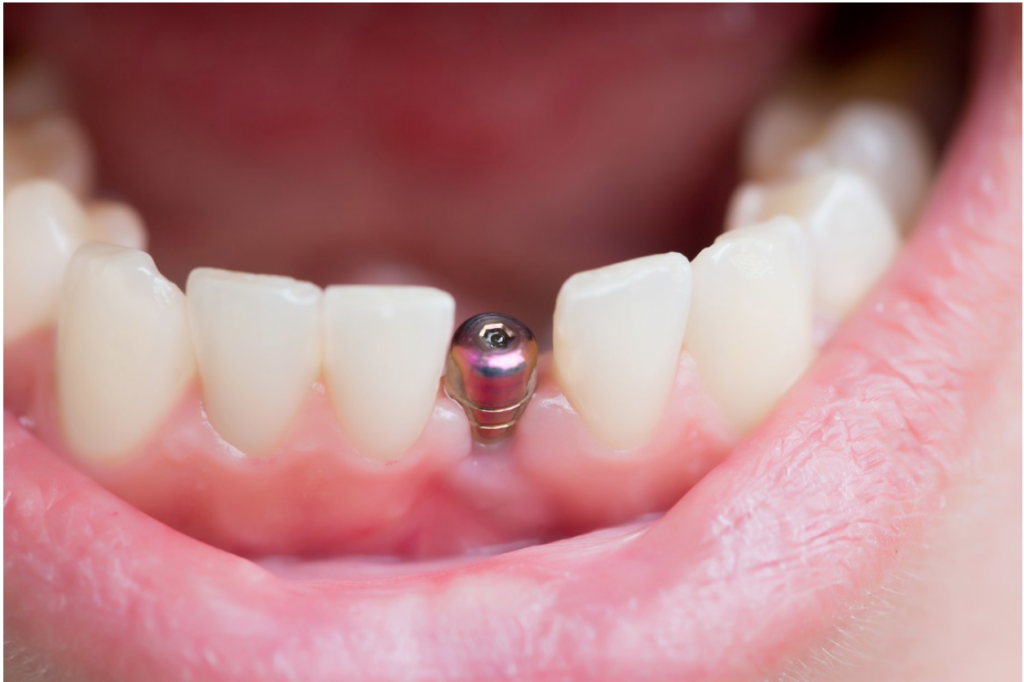- Operations
- Breast Reduction
Breast Reduction
Breast Reduction surgery is performed to alleviate physical discomfort and improve the quality of life for individuals with overly large breasts. The procedure involves removing excess breast tissue and skin, resulting in lighter and more proportionate breasts. Apart from aesthetic improvements, patients often experience relief from back, neck, and shoulder pain associated with large breasts.
Breast Reduction surgery begins with a comprehensive consultation with a board-certified plastic surgeon, during which the patient’s medical history and goals are discussed. The surgeon will assess the patient’s breast size, shape, and skin elasticity to determine the most suitable technique for the procedure. In some cases, the surgery may be covered by insurance if deemed medically necessary.
On the day of the surgery, the patient is placed under general anesthesia to ensure comfort throughout the procedure. The surgeon then makes incisions around the areola and sometimes extends them vertically down the breast and along the breast crease in an anchor-shaped pattern. Through these incisions, excess breast tissue, fat, and skin are carefully removed, and the remaining breast tissue is reshaped and repositioned for a more lifted and proportionate appearance.
The incisions are then closed with sutures and dressings are applied to protect the surgical sites during the initial healing phase. Patients may experience some discomfort, swelling, and bruising following the surgery, but these symptoms can be managed with prescribed pain medication and proper post-operative care.
The recovery period for Breast Reduction surgery typically lasts a few weeks, during which patients should avoid strenuous activities and heavy lifting to allow the breasts to heal properly. Most patients can return to work and light activities within a week, but it may take several weeks for the swelling to subside, and the final results to become apparent.
Breast Reduction results are immediately visible, but the breasts will continue to settle into their final shape and position over the following weeks. The incision scars will fade over time and become less noticeable, especially when cared for properly and protected from sun exposure.
Ideal candidates for Breast Reduction are women with overly large breasts who experience physical discomfort, pain, or limitations in daily activities due to their breast size. It is essential for candidates to have realistic expectations about the outcomes of the procedure and to understand that Breast Reduction will not entirely eliminate all breast tissue, as a certain amount must be preserved to maintain proper breast function.
As with any surgical procedure, there are potential risks and complications associated with Breast Reduction surgery, such as infection, bleeding, changes in nipple sensation, or scarring. However, these risks are minimized when the procedure is performed by a qualified and experienced plastic surgeon in an accredited surgical facility.
In conclusion, Breast Reduction surgery is a life-changing procedure for women with overly large breasts, providing relief from physical discomfort and improving their overall quality of life. By working closely with a skilled plastic surgeon to customize the procedure to their unique needs and goals, patients can expect a more proportionate and balanced breast size, enhancing their body image and self-confidence.

Get Online Consultation












